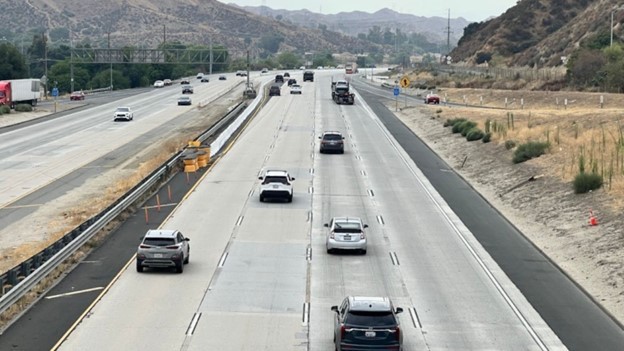A Guide to Hiring for Small Business Owners
Ever wish there were two of you to handle all the tasks and responsibilities on your desk?
That’s probably a good sign, it’s time to hire!
Expanding your team, whether you’re adding your first team member or hiring your 25th employee, can be a complicated, exhausting process if you don’t have a specific system in place.
At Elevate, we love operationalizing and systematizing everything––and hiring is one of the areas where we shine!
Come with us as we share the signs it’s time to hire, the most common hiring mistakes we see, and our best tips and practices for hiring like a pro. We’ll even take you behind the scenes to show you how we streamline the hiring process for our clients so you can borrow what works best to use yourself!
Signs it’s time to hire
Balancing the need to bring in extra help and having the business to justify the expense of a new team member can be tricky, but putting off the need to hire for too long can lead to a loss of business, getting stuck at a specific revenue plateau, or serious burnout.
If you’re experiencing one (or more!) of these signs, it’s probably time to kick off the hiring process and bring in some additional help:
- There aren't enough hours in the day. You're consistently overworked and stressed out.
- You're turning down opportunities because you can't step away from client work.
- You and/or your team can no longer keep up with inquiries.
- You're missing personal time or family events to meet deadlines.
- Your team is reporting the same feelings of overload and burnout.
Mistakes to avoid when hiring for small business teams
You don’t have an unlimited budget, so it’s important that every hire is strategic, effective, and successful.
A bad hire can cost you thousands of dollars and slow down your growth, so it really is worth it to put in the time and energy on the front end to ensure a positive hiring experience.
Here are the most common mistakes we see that you should try to avoid:
- Creating a generic job description: If you're attracting applicants who don't fit your needs, revisit and clarify the job description.
- Not following a specific hiring process: You need a repeatable, flexible process tailored to the role.
- Focusing only on hard skills: Don’t ignore soft skills like communication, critical thinking, and collaboration.
- Ignoring company culture: Hire people aligned with your brand values to boost retention and team harmony.
- Hiring for tasks instead of outcomes: Focus on what success in the role should look like beyond just duties.
Best practices: Hiring for small business owners
If you know your current hiring approach isn’t working, here are 3 best practices from our playbook:
- Start with your mission and vision: These must be clear before you hire. Everything else flows from this foundation.
- Prioritize clear, consistent communication: Internally with your team and externally with applicants. Don’t leave people in the dark!
- Spend time crafting the job description: Focus on outcomes, expectations in the first 3–6 months, and both soft and hard skills required.
Streamlining your hiring process
A flexible, repeatable hiring system will save you time and improve results. Here’s what our experts recommend:
- Choose the right system: Consider HR platforms, project management tools like ClickUp, or even Google Sheets + Forms for smaller operations.
- Train your team: Everyone involved should understand the system, their responsibilities, and how to follow each step.
- Ask similar questions at every stage: Consistency helps you assess how candidates think and respond in different settings.
- Give yourself more time than you think you need: A longer runway prevents rushed decisions and accounts for inevitable delays.
Need help with hiring for your small business?
Our team of operational experts can take the work off your plate!
We’ll build every step of your tailored hiring process to attract the right person and make it easier for you to make an excellent hire every time.
We can create:
- Job descriptions
- Application questions
- A multi-step hiring process
All designed to give you the power to attract and select the perfect candidate for what you need.
Our Get It Done Service starts at $999, and you can click here for all the details!































